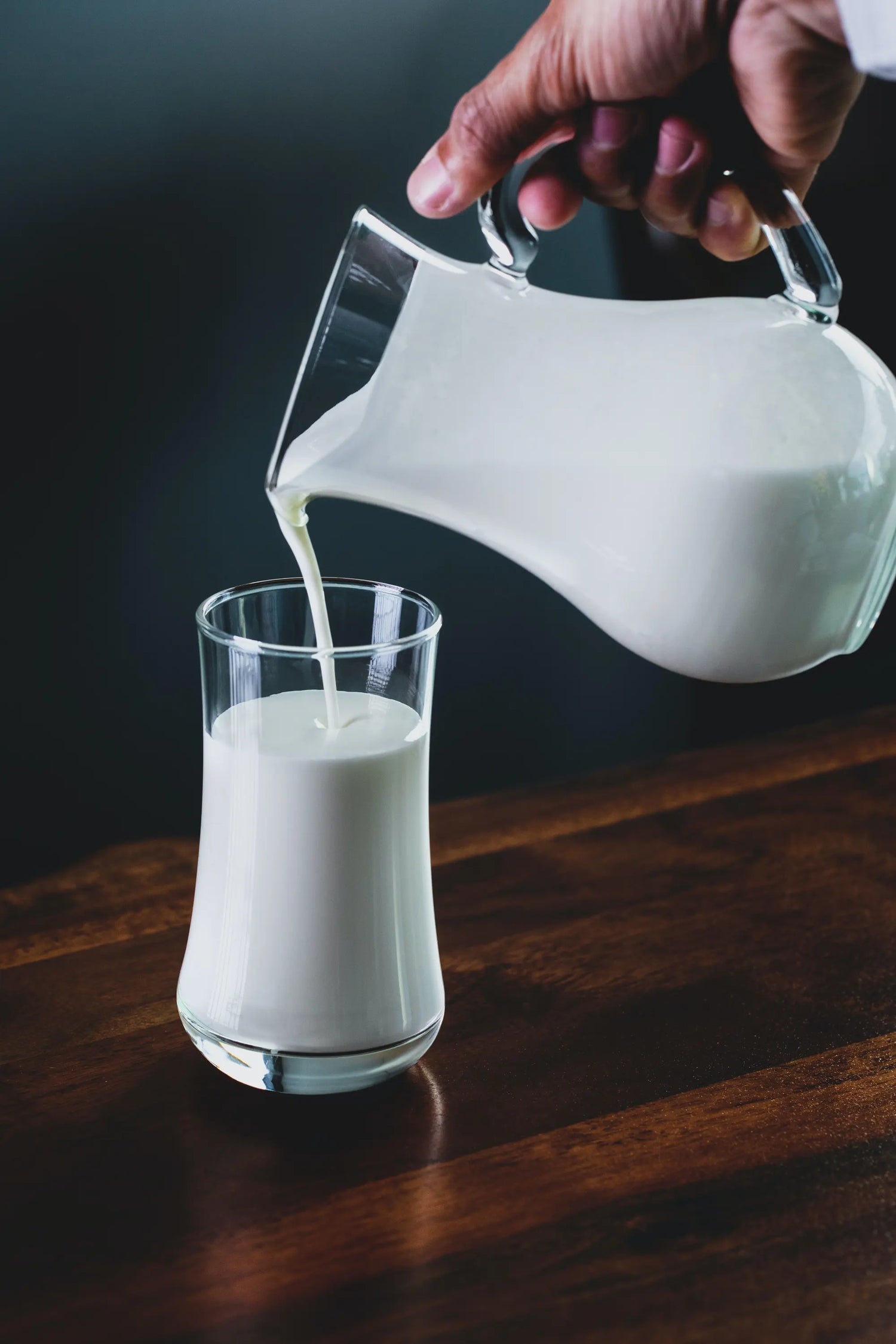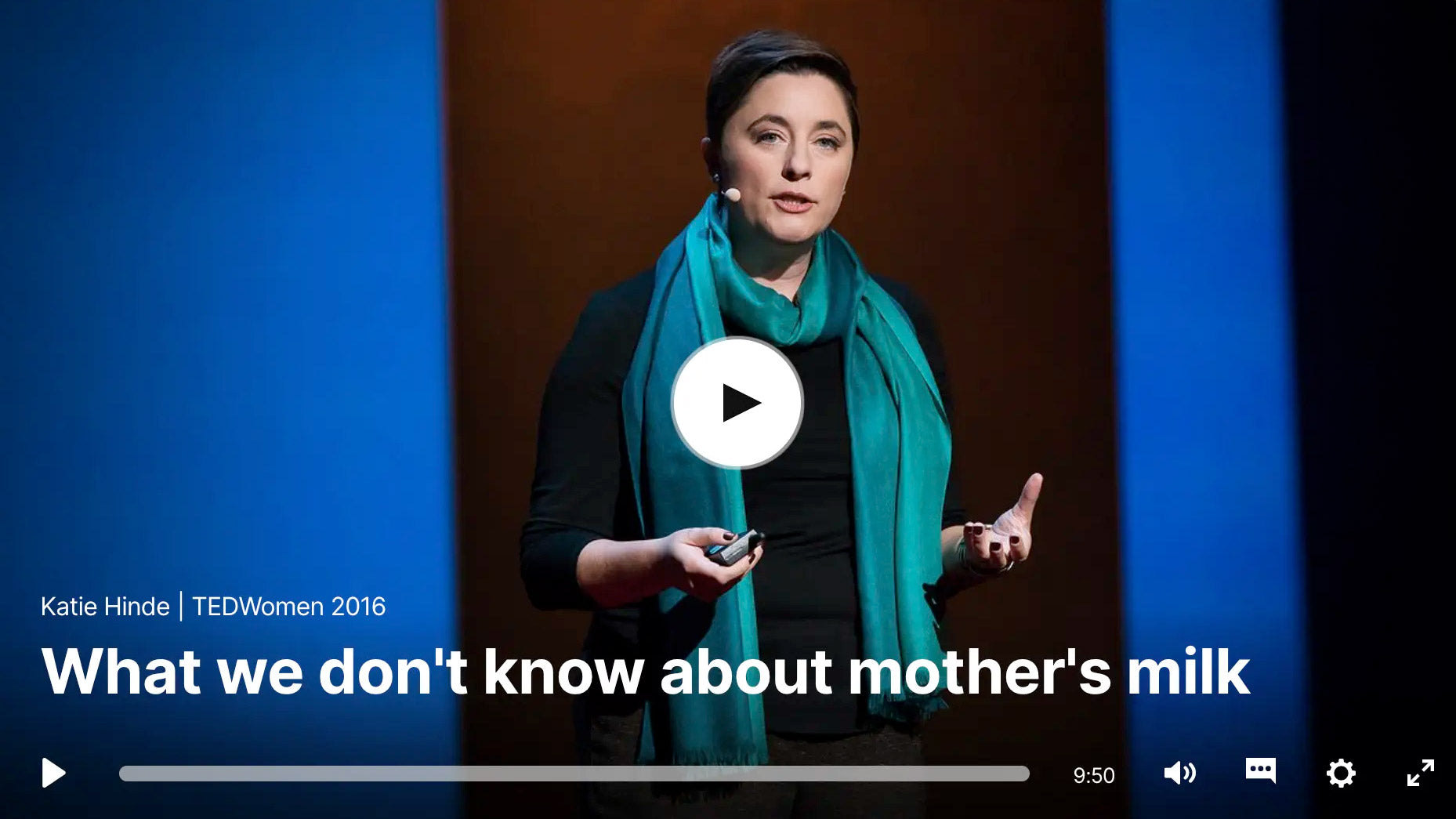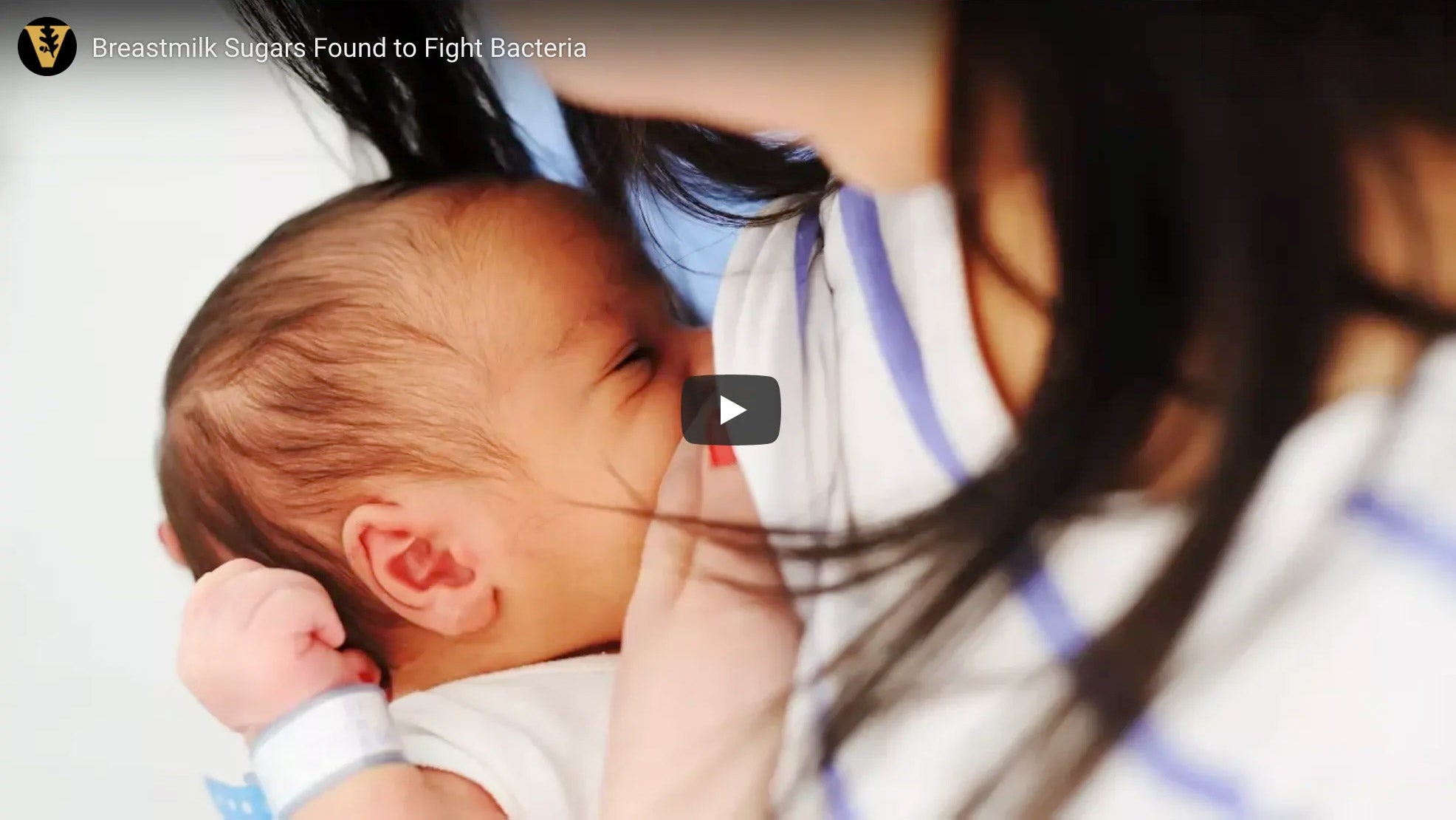Adding warm milk to chilled

Pooling Breastmilk
Unlike regular food, breastmilk fights bacteria!
Every day, we learn more about the absolutely amazing properties of breastmilk. These new findings continue to improve guidance and remove barriers for those who are breastfeeding.
We live in exciting times! Although traditional medicine once ignored the power of breastmilk, recent research and established medical sources confirm that breastmilk is full of living cells and fundamentally different from any other food.
The American Academy of Pediatrics recently stated that:
“Mothers can mix warm milk and cold, or even consider pooling milk from 24 hours together, which may help even out variability in nutrients due to pumping time or breast emptying (which influences fat content of the milk).”
In September 2021, the AAP replaced this language with links to the Academy of Breastfeeding Medicine's protocol #8 on Human Milk Storage and the CDC's related guidelines based on the same protocol. You can find those links and a helpful article cited by the AAP here: HealthyChildren.org’s Tips for Freezing and Refrigerating Breastmilk, the CDC’s Proper Storage and Preparation of Breastmilk, and the AMB Clinical ProtocolHuman Milk Storage Information for Home Use For Full-Term Infants.
None of the AAP, CDC, or ABM sources state that there is any danger in combining temperatures. So the next logical question moms ask is: What happens if I combine milk from different pumping sessions without cooling it first? The answer given by the CDC and the Academy of Breastfeeding Medicine is that combining milk "can rewarm the older stored milk." That's it. That's the answer. No other risks are identified. No research is cited by any sources to indicate that there are additional risks or concerns to be aware of.
These sources are an excellent example of a growing, formal recognition of the quality and reliability of the research being conducted by renowned pediatricians and biochemists in the field of human milk medicine.
Based on recently published research, pooling breastmilk over the course of a day is beneficial. Pooled breastmilk provides evenly distributed caloric feedings, is more convenient for new mothers, and is believed to decrease the risk of contamination that results from multiple containers. The study specifically showed no signs of increased bacteria from combining newly expressed milk with chilled milk from multiple pumping sessions over 24 hours.
For many years and on many current websites, parents have been told that it is best to chill breastmilk before adding it to milk that is already cold. The reasoning on these sites is based on a general approach to foods like raw meat or processed dairy products. Searching the internet still turns up these food-based recommendations, but interestingly none of these websites cite human milk research or a scientific basis for the recommendation.
Many Ceres Chill parents use their Chillers to pump and store their milk all day. To learn more about the studies being done regarding pooling breastmilk visit the National Library of Medicine.
*We are so excited to share that the person who led key research on combining different temperatures, Lisa Stellwagen, MD, FAAP, has helped in opening a Human Milk Institute in San Diego. There, she joins some of the greatest scientists in the world to continue working on studying best milk storage practices and the impact of pooling milk on newborn health.
Options for Every Mom
For moms who want the flexibility of Ceres Chill but also want to follow the traditional recommendation to chill their milk before combining, you can use either of the hacks below:
- Purchase two Chillers (one to chill before combining, and one to store the combined milk all day or all night). Any two chillers can be purchased as a set at a discount - use the Demigoddess Mini Chiller to cool each batch, and the OG to store it all together!. Discounted peace of mind and more storage for over 20 hours is pretty great and sure beats short-lived coolers for pumping mamas on-the-go.
- This hack is great for moms who have one Chiller! Pump into your own bottles and allow your milk to get to room temperature, then add your milk to the outer chamber by pouring it over the cold inner ice chamber. It'll give your milk an instant chill.
Click the button below for a tutorial!
Learn More
Health.com, March 2021
This Viral Photo Shows the Bacteria-Fighting Powers of Breast Milk
The Conversation, February 2021Breastfeeding research improves lives and advances health, but faces conflicts
Nature.com, October 2019Glycerol Monolaurate Contributes to the Antimicrobial and Anti-inflammatory Activity of Human Milk
National Library of Medicine, October 2012
The Ceres Series, April 2021


